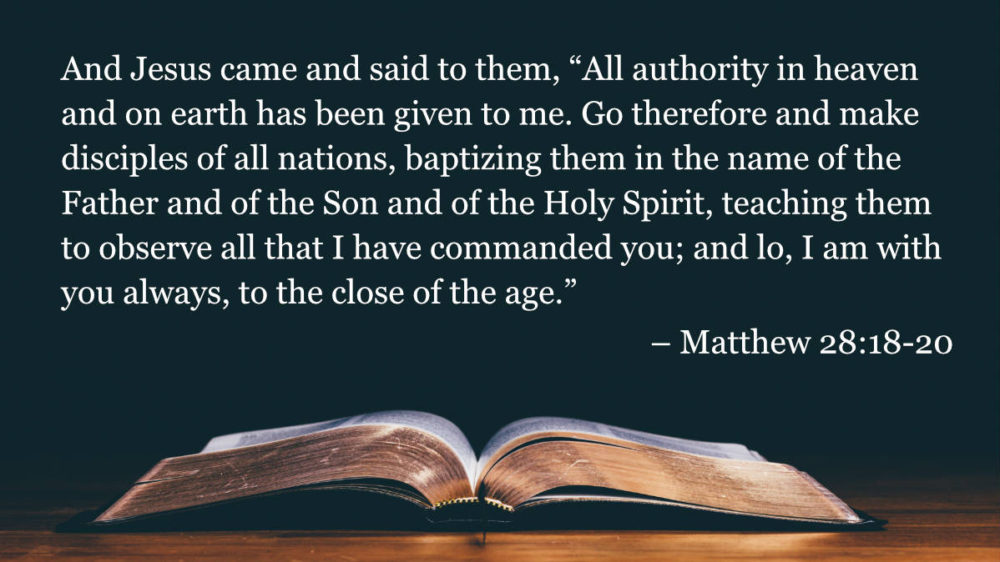Juno Retiro de Quinceañera
- Fecha: Sábado 22 de junio de 2024
- Hora: 8:45 am-2:30 pm
- Cuota: Ninguna
- Fecha límite de inscripción: miércoles 12 de junio de 2024 o alcanzamos la capacidad de 20 familias que lleguen primero. Así que por favor regístrese temprano.
Para registrarse puede comunicarse con Della @ (505) 831-8142 o dmontano@asfnm.org o Elvia @ (505) 831-8147 o ebecerra@asfnm.org
Este es el enlace: https://form.jotform.com/240245638366157
June Quinceanera Retreat
- Date: Saturday June 22, 2024
- Time: 8:45 am-2:30 pm
- Fee: None
- Registration Deadline: Wednesday, June 12, 2024, or we reach the capacity of 20 families which ever come first. So Please Register Early.
To Register you can contact Della @ (505) 831-8142 or dmontano@asfnm.org or Elvia @ (505) 831-8147 or ebecerra@asfnm.org
JotForm Link: https://form.jotform.com/240245638366157
************************************************************************
Fun Facts About Quinceaneras
Quinceaneras are celebrated even today, especially in the Hispanic community.
In the past, though, a Quince was a solemn religious celebration held at a church with a reception following, very similar to a low-key wedding. Unlike a wedding, though, there’s more traditional dancing and fun as the primary focus.
Quinceaneras are wonderfully intricate, and since not everyone is familiar with the tradition behind the details, we’ve put together a little Q & A regarding the things we found most interesting and fun about the traditions of the Quinceanera.
Quinceanera 11 Fun Facts & Traditions
1. What does Quinceanera mean?
“Quince” is the Spanish word for fifteen. “Anos” means years. Quinceanera means “she who is fifteen.” Fifteen is considered the age at which a girl is ready to take on her role as a lady in the community.
2. What’s the meaning of The Last Doll?
pinterest.com
pinterest.com
The Last Doll symbolizes the celebrant’s end of childhood. She then passes the doll on to her younger sibling.
3. Why does the father change the celebrant’s shoes?
pinterest.com
pinterest.com
The celebrant wears flat shoes for the ceremony—representing her childhood—and her father later helps her into a pair of heels as a sign that she is now a lady and ready to dance gracefully into the world. Following this is the traditional father-daughter dance!
4. Why is the bouquet replaced by a scepter?
The scepter symbolizes the celebrant’s letting go of childhood.
5. What’s behind the different symbols in the ceremony?
A Bible, covered in lace or silk, is the first object given to the celebrant because the word of God is to take an important place in her life.
The flower bouquet should be the same color as the celebrant’s dress and is left at the altar.
The celebrant is crowned with a tiara symbolizing her position as a princess and daughter of God.
Three roses symbolize the celebrant’s infancy, childhood, and current age.
A ring, often given by the godparents, signifies the infinite circle of God’s love.
A cross symbolizes her faith in God.
6. Why is the dress the most important element?
To check out this unique 4-piece dress, Click HERE for Q by DaVinci Style 80476
Just like a bride, the celebrant’s gown speaks of her personality and must be the most beautiful element of the party. To show her taste and flair, the celebrant chooses the style and color of the dress.
7. Why is there is a toast and a cake cutting ceremony?
Similar to a wedding, Quinces have a toast and cake cutting ceremony at the reception to mark the acceptance of the young lady into adult society.
Quinceanera 11 Fun Facts & Traditions
8. Do the Godparents split the cost of the party?
Often this is true. Some godparents even shoulder more than half the budget.
9. What is involved in the choreographed waltz?
pinterest.com
pinterest.com
The damas and chambelanes (the court of honor), together with the celebrant, take days of practice to perfect a traditional Quinceanera dance, often called a fairytale dance.
Quinceanera 11 Fun Facts & Traditions
10. What’s the ancient origin of Quinceaneras?
Although the history of Quinceaneras is unclear, documents date the Quinceanera back to the Aztec period.
11. Why are the celebrant’s baptismal vows renewed?
During the religious ceremony, the celebrant gives thanks to God for the fifteen wonderful years in her life. The priest renews her baptismal vows as well in front of her parents, godparents, and close friends to signify her continued commitment to God.




